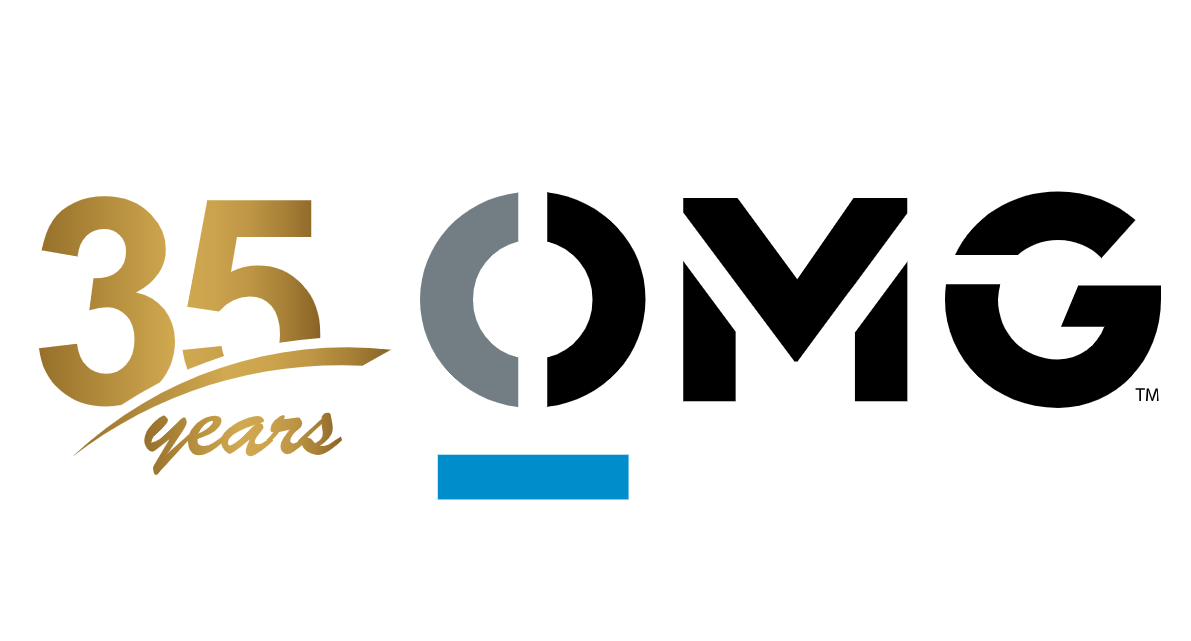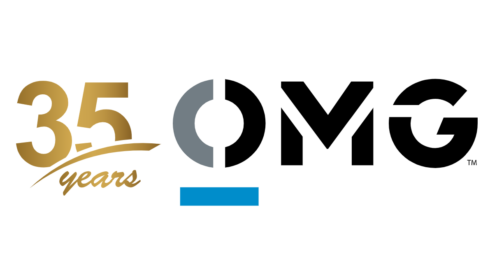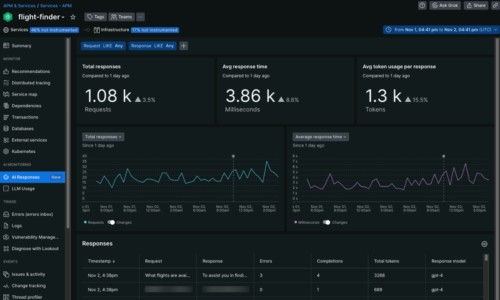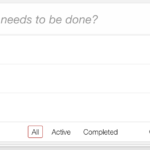
OMG! The consortium is celebrating 35 years
- softscribble@gmail.com
- May 30, 2024
- Software development
- 0 Comments


Thirty-five years ago, a group of technologists came together to support an object-oriented GUI from HP called New Wave. Bill Hoffman recalls: “Back then, there weren’t a lot of folks familiar with OO development.”
It turned out to be a longer run than he expected, because by showing they could shepherd projects along by bringing people to the table and getting agreement on what would become standards, The Object Management Group was founded, and this year is celebrating 35 years of existence.
Since that first effort, the consortium has led the way in the creation of such widely adopted technologies as CORBA, UML and SysML (with V2 coming some time this year) and the Unified Architecture Framework (UAF), all the way to today’s Artificial Intelligence Platform Task Force and System Assurance Platform Task Force.
CORBA has been hugely successful, having been embraced by defense agencies in the United States, Canada, the UK, Japan and NATO. Hoffman said “It’s running in things such as the latest class of Navy destroyers to NASA’s space shuttle to Hoover Dam. It’s just all over.”
How have the projects the consortium helps guide remain useful for so long? Hoffman explained, “The thing is, we future-proof our specs so that you know the minute the Board of Directors approves one, we start a revision task force and we do that for three reasons. Usually we didn’t get everything in the spec the first pass-through, second there’s probably stuff that’s broken, and third the requirements may have changed between when we started and when we finished. But what that does is the revision task force allows the people that are interested in the spec to have a way to determine the future of it.”
That way, he added, people can be assured that if they invest in those products or applications, they won’t “get stiffed” down the road. Further, the consortium was founded as a not-for-profit organization because they didn’t want to be bought out and have the work co-opted.
And finally, the group made sure they had good policies regarding intellectual property, so companies could come and sit with their competitors and discuss common problems without having any antitrust issues arise, he said.
“It’s super important to the larger guys as well as to the small guys that have something they think is unique,” he said. “So we found a way to allow people to sit around the table and actually actively work together. And I think that’s been part of the reason why we’ve been successful.”
With the entire world buzzing about artificial intelligence, Hoffman pointed out that there has been an AI standards group at OMG for the last five years. Now, he said, “We’ve got some activity where it looks like there may be a standard starting with OMG on AI, but we’ve also got what we call a cross-consortia program going where we’re taking what’s going on in the standards development part of OMG and adding that to what’s going on with the Augmented Reality Group that we have and adding that to what’s going on with the (4-year-old) Digital Twin Consortium, (which is the fastest growing group in OMG). So we’re pulling all that stuff together under one common cross-consortia.”
And what about that Object Management Group name?
“The first person I ever heard refer to us as Oh My God was Bob Metcalfe,” Hoffman recalled. “Bob presented to us back around the 1990s or early 2000s, and I remember coming up to him and he goes, ‘I never heard of this group called omg.org. All I could think of was Oh My God.’
“And that was even before the 14-year-old girls got their hands on it. I thought it was a hell of a compliment,” Hoffman said. “You know, when one of the creators of the Ethernet wants to make fun of it, that means we made it.”
Contact Softscribble for your software Requirement
Contact Now






